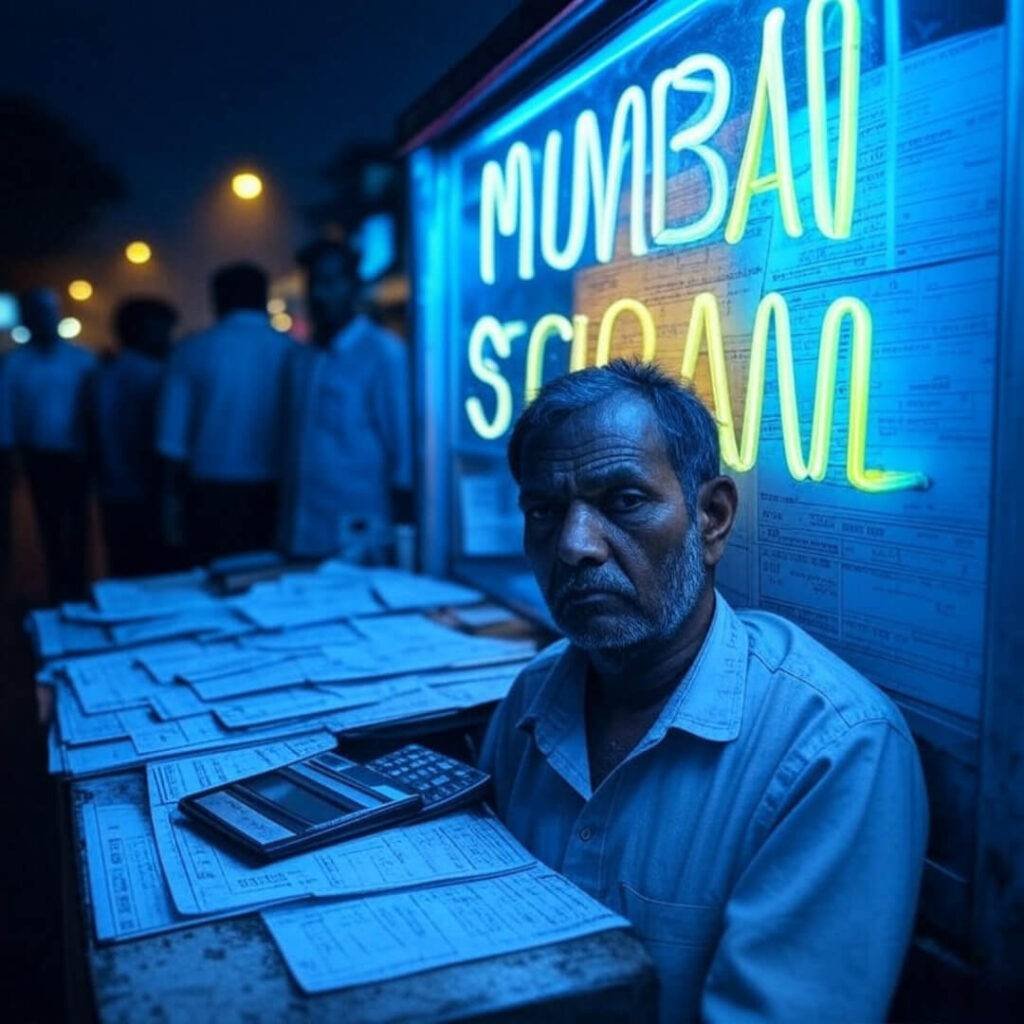Good debt vs. bad debt is, like, the thing I wish someone had drilled into my thick skull before I landed in India last year, chasing this wild dream of working remotely while soaking up Mumbai’s vibe. Picture this: I’m sitting in my tiny rented flat in Bandra, the air thick with monsoon humidity, the smell of street-side vada pav wafting through my window, and my laptop screen glowing with a spreadsheet that’s basically screaming, “You’re broke, dude!” I’d racked up some serious debt—some of it smart, some of it straight-up dumb—and I’m still untangling the mess. Let me spill the tea (or chai, I guess) on what I’ve learned about good debt vs. bad debt, with all my screw-ups and small wins, from this chaotic corner of the world.
Seriously, I thought I had it all figured out back in the States. I mean, I’m an American, right? We’re supposed to be good at this money stuff. But here I am, 32, sweating in a rickety chair, trying to make sense of my finances while a ceiling fan creaks like it’s mocking me. My big revelation? Not all debt is the devil. Some of it’s like a trusty sidekick, while other kinds are like that shady friend who borrows your phone and never gives it back.
What Even Is Good Debt? My Take on Smart Borrowing
Good debt, in my not-so-expert opinion, is the kind that helps you grow, like a seed you plant now for a tree later. It’s stuff like my student loans (yeah, I’m still paying those off, ugh). Back in college, I took out loans to get my marketing degree, which landed me gigs that let me move to India in the first place. That debt? Worth it. It’s like the dosa batter of debt—simple ingredients, but it pays off when you cook it right. According to Investopedia, good debt is an investment that increases your net worth or future value, like education or a mortgage.
Here’s where it gets personal. I took out a small business loan last year to kickstart a freelance project. Risky? Hell yeah. But it let me buy a decent laptop and some software subscriptions, which got me clients who pay in dollars while I live on rupees. That’s good debt—calculated, scary, but pushing me forward. I’m not saying it’s easy; I still panic when I see the repayment reminders pop up while I’m sipping chai at a local stall, the vendor yelling at me to hurry up because I’m lost in thought.
Bad Debt? Yeah, I’ve Been There, and It Sucks
Bad debt, though? That’s the stuff that drags you down like a monsoon flood in Mumbai’s streets. I’m talking about the credit card I maxed out buying rounds of Kingfisher at a Colaba bar, trying to impress some expat friends. Dumb move. I was so caught up in the vibe—neon lights, salty sea air, laughter—that I didn’t realize I was racking up toxic debt. Forbes calls bad debt the kind with high interest rates and no long-term value, like credit card balances for non-essentials. Guilty as charged.
Here’s a cringey anecdote: I once took out a personal loan to fund a weekend trip to Goa. I justified it like, “I need this break to stay sane!” Spoiler: I didn’t. I came back sunburned, broke, and with a loan I’m still paying off while dodging potholes on my scooter here. Bad debt is like ordering extra cheese on your pizza—you want it, it feels good, but it’s gonna cost you way more than you think.
How I’m Sorting Out Good Debt vs. Bad Debt
So, how do you tell the difference? I’ve been burned enough to figure out a few tricks, and I’m sharing them because, honestly, I’m still learning. Here’s my messy, real-world guide to navigating good debt vs. bad debt:
- Ask yourself: Does this debt have a payoff? If it’s for something like education, a business, or a home that’ll grow your wealth or skills, it’s probably good debt. My student loans and that business loan? They sting, but they’re building something. That Goa trip loan? Pure regret.
- Check the interest rate, duh. High-interest debt, like credit cards, is usually bad debt. I learned this when my card’s 24% APR hit harder than Mumbai’s summer heat. Compare that to my business loan at 8%—way more manageable.
- Be honest about your why. I’m brutal with myself now. If I’m borrowing for instant gratification (like another round of drinks), I stop. If it’s for growth, I crunch the numbers. NerdWallet has a great breakdown on this.
- Plan like a paranoid planner. I’ve got a notebook (the one in the featured image, actually) where I scribble budgets. It’s messy, with chai stains and all, but it keeps me grounded. If you can’t afford the repayments, don’t borrow.

My Biggest Screw-Up and What It Taught Me
Okay, here’s where I get real. Last monsoon, I got suckered into a “zero-interest” furniture loan for a fancy desk to “boost productivity.” Sounded like good debt, right? Wrong. Hidden fees kicked in, and I was stuck paying way more than I planned. I felt like such an idiot, sitting at that overpriced desk, rain hammering the windows, realizing I’d been played. That mistake taught me to read the fine print and question anything that sounds too good. Now, I’m paranoid about terms and conditions, and it’s saved me from more bad debt traps.
On the flip side, I’m proud of my business loan move. It was terrifying, especially wiring money from India while dealing with spotty Wi-Fi and a landlord banging on my door for rent. But it’s paying off—literally. My freelance gigs are growing, and I’m not drowning in interest. That’s the kind of smart borrowing I’m aiming for now.

Tips for Planners: How to Not Screw Yourself Over
If you’re a planner like me (or trying to be, bless your heart), here’s how I’m keeping good debt and bad debt straight while living this chaotic Mumbai life:
- Budget like your life depends on it. I use apps like YNAB to track every rupee, but my notebook’s my real MVP. It’s got chai stains, sure, but it’s honest.
- Talk to people smarter than you. I met a local financial advisor at a café in Dadar who schooled me on Indian loan terms. Find someone who knows the local scene.
- Don’t borrow for vibes. If it’s for clout or instant gratification, it’s probably bad debt. Save the splurges for when you’ve got cash.
- Celebrate small wins. Paying off a chunk of my credit card felt better than any Goa trip. Reward yourself with something free, like a sunset at Marine Drive.

Wrapping Up This Debt Rant
So, yeah, good debt vs. bad debt is a messy line to walk, especially when you’re an American fumbling through life in Mumbai, dodging rickshaws and loan sharks. I’ve made dumb choices—hello, Goa loan—but I’ve also made some smart ones, like investing in my freelance hustle. My advice? Be brutally honest with yourself, plan like a maniac, and don’t let bad debt sneak up on you like a monsoon downpour. I’m still figuring it out, chai in hand, notebook open, and I’m rooting for you to do the same.





